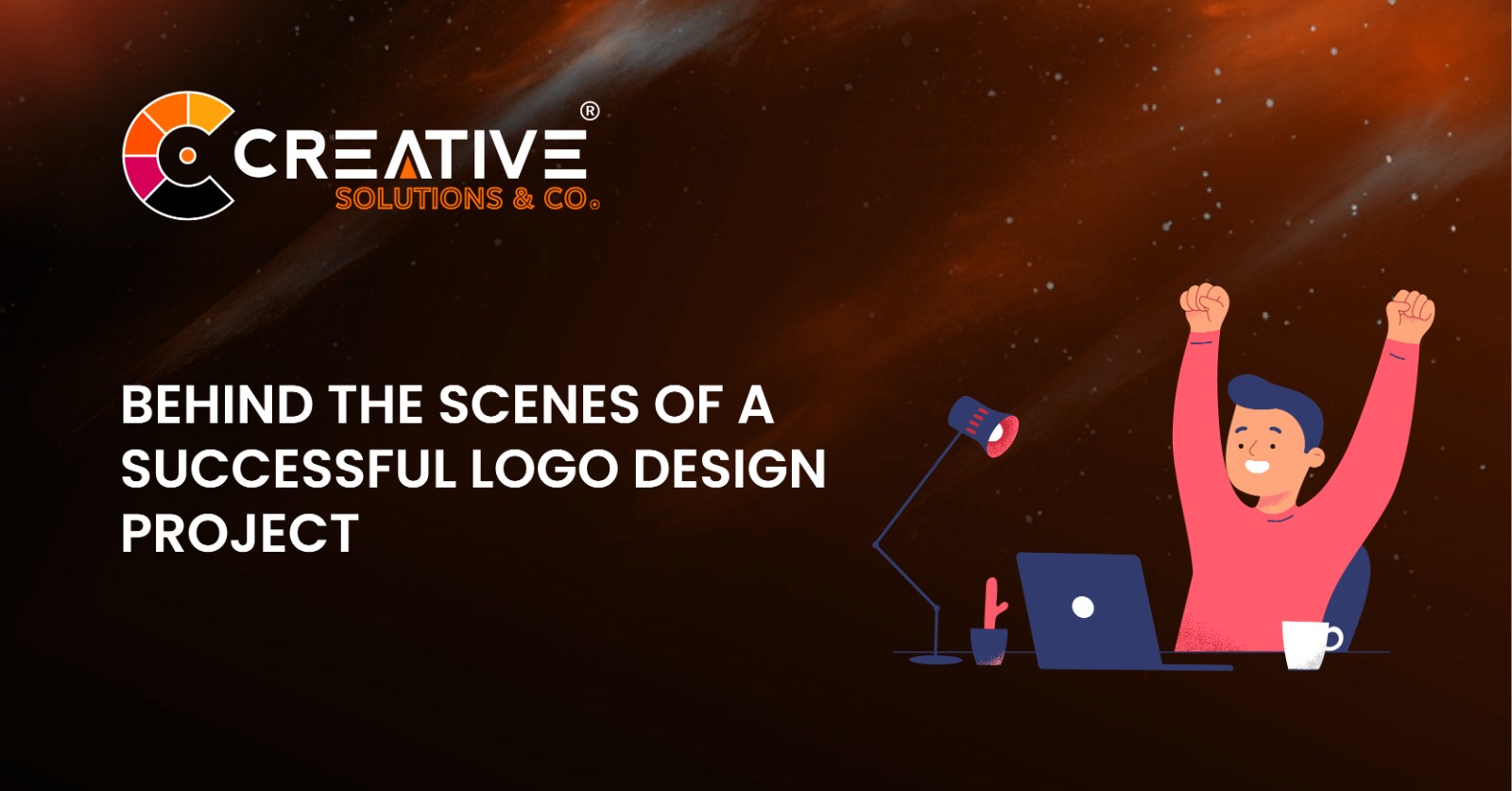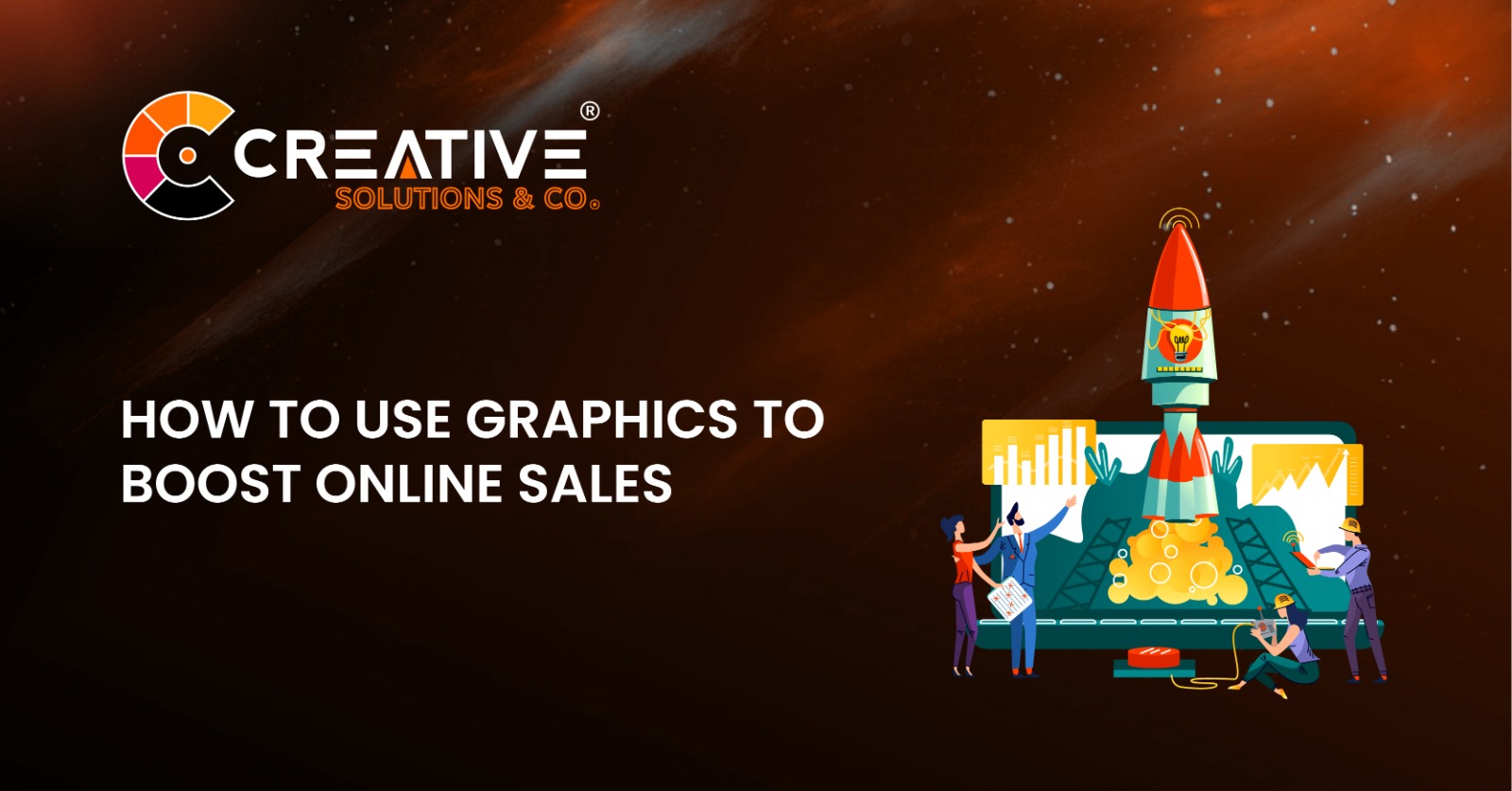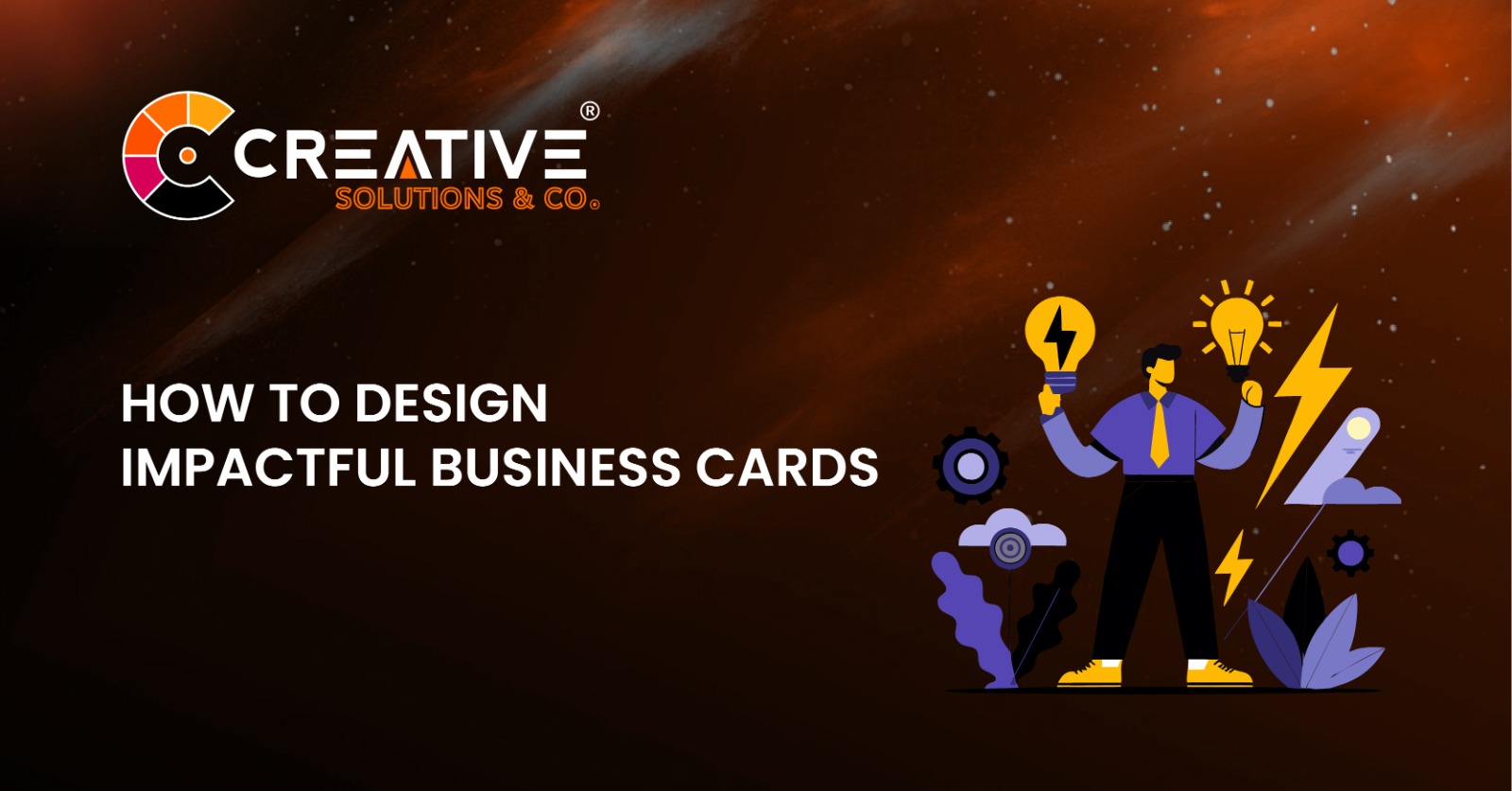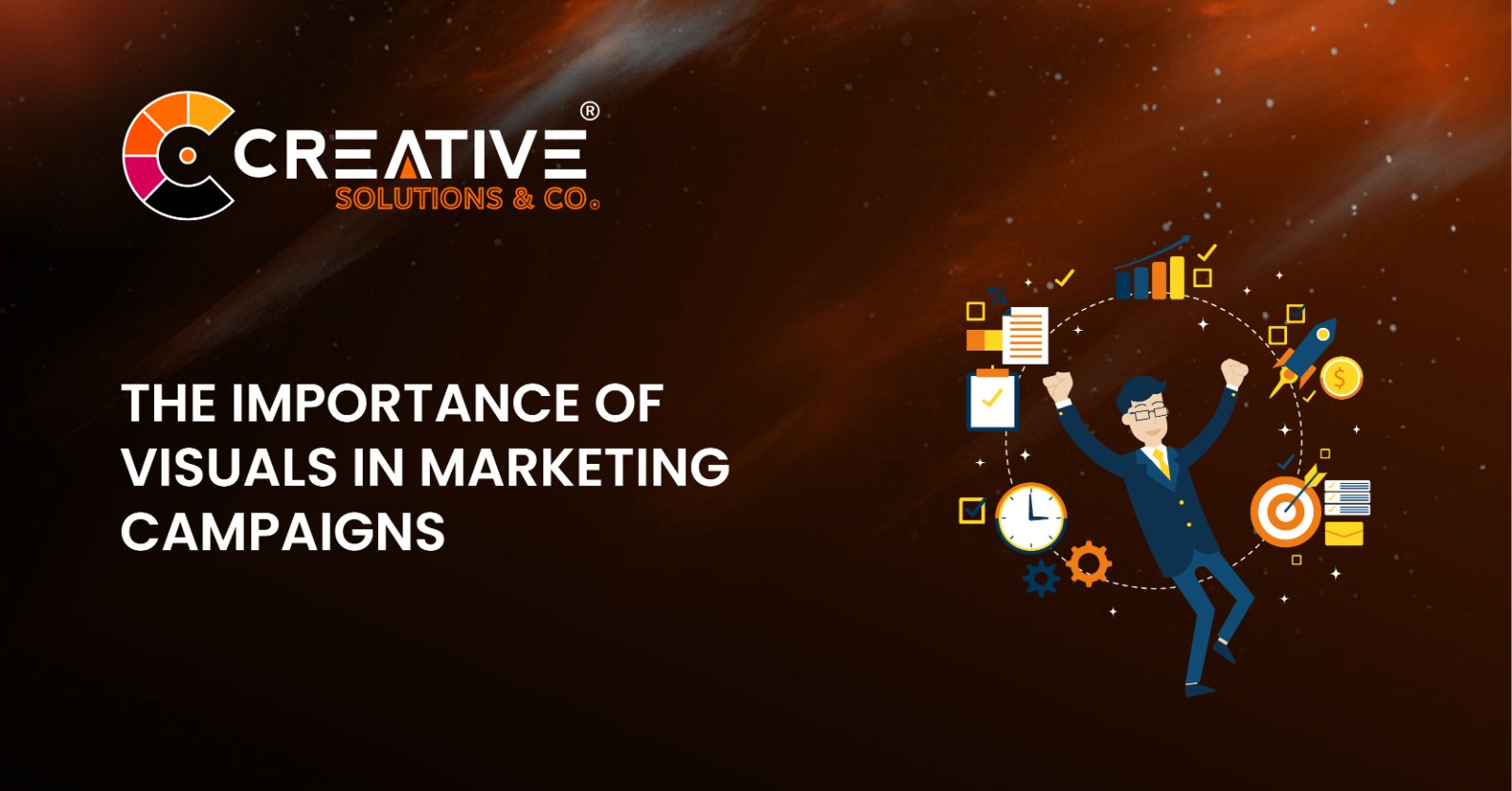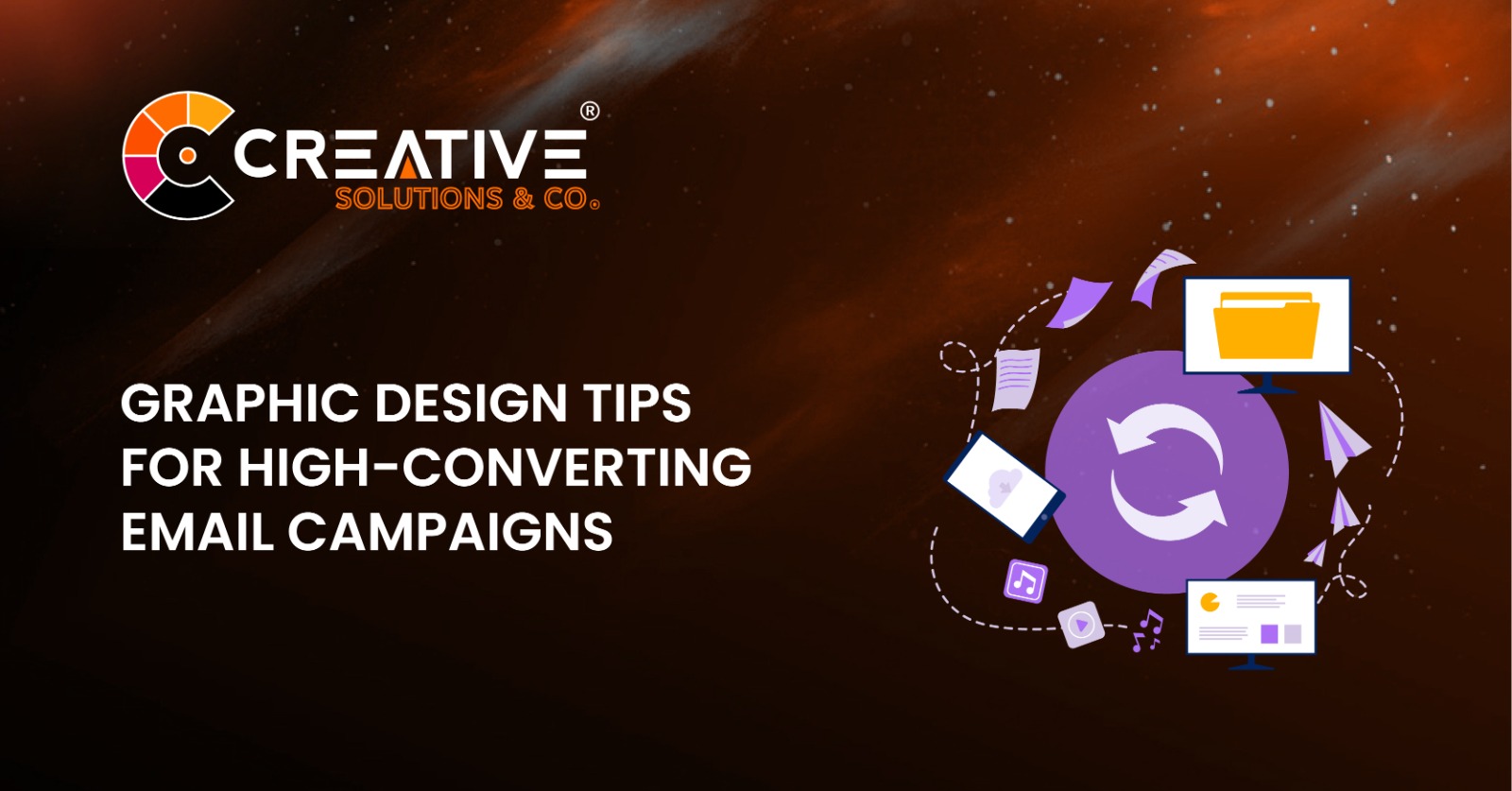Have you ever wondered how packaging designs impact product sales? The packaging is often the first thing a customer notices, and it plays a vital role in influencing their buying decisions. In a crowded market, where products compete fiercely for attention, a well-designed package can make all the difference. This article delves into the ways packaging designs affect sales, helping businesses understand why investing in creative and strategic packaging is essential for success.
Table of Contents For How Packaging Designs Impact Product Sales
| Sr# | Headings |
|---|---|
| 1 | What Makes Packaging So Important? |
| 2 | First Impressions Matter |
| 3 | The Role of Colors in Packaging |
| 4 | Typography and Its Impact |
| 5 | Minimalism vs. Bold Designs |
| 6 | How Shapes Influence Buyers |
| 7 | Sustainability in Packaging |
| 8 | The Psychology of Unboxing |
| 9 | Cultural Relevance in Packaging |
| 10 | Digital Integration in Packaging |
| 11 | Packaging for Online Sales |
| 12 | Cost-Effectiveness vs. Creativity |
| 13 | Case Studies: Successful Packaging |
| 14 | Common Mistakes in Packaging Design |
| 15 | Future Trends in Packaging Designs |
1. What Makes Packaging So Important?
Packaging is more than just a container—it’s the silent salesperson. It conveys the product’s value, quality, and purpose at a glance. Think of it as the attire of your product; just as we dress to impress, so should your product.
2. First Impressions Matter
You never get a second chance to make a first impression, and packaging plays a vital role in that moment. When customers scan shelves or scroll online, they judge products within seconds. Packaging acts as the initial handshake, either inviting them to explore or move on.
3. The Role of Colors in Packaging
Colors evoke emotions and set the tone for what the product represents:
- Red signifies energy and urgency, often used in food items.
- Blue represents trust and calm, popular in healthcare products.
- Green aligns with eco-friendliness and nature.
A strategically chosen color palette can drive sales by appealing to subconscious preferences.
4. Typography and Its Impact
Fonts matter more than you might think. Elegant and readable typography enhances trust, while bold and playful fonts capture attention. Imagine a luxury perfume bottle with Comic Sans—it just doesn’t work!
5. Minimalism vs. Bold Designs
Minimalist designs are clean, modern, and appealing to a sophisticated audience. On the other hand, bold and loud packaging attracts youthful or vibrant markets. The key is knowing your target audience and striking the right balance.
6. How Shapes Influence Buyers
Packaging shapes can communicate the product’s purpose. A sleek bottle might suggest elegance, while a sturdy box conveys durability. Shapes can also make products more memorable, like Coca-Cola’s iconic bottle.
7. Sustainability in Packaging
With growing environmental awareness, sustainable packaging is no longer optional. Customers favor products with eco-friendly materials, such as recycled paper or biodegradable plastics. A green approach to packaging can boost brand loyalty.
8. The Psychology of Unboxing
Unboxing experiences have become a phenomenon, especially in e-commerce. Packaging that feels premium and creates anticipation can turn customers into brand advocates. Think of it as opening a gift—it’s an experience, not just a transaction.
9. Cultural Relevance in Packaging
Designs that resonate with cultural values or local traditions can create a deeper connection with buyers. For instance, using traditional patterns or region-specific elements can evoke a sense of familiarity and pride.
10. Digital Integration in Packaging
QR codes, AR features, and NFC technology are revolutionizing packaging. These elements allow customers to access detailed product information, promotions, or immersive brand experiences right from their smartphones.
11. Packaging for Online Sales
In the digital age, packaging needs to survive shipping while still looking great. Durable yet attractive designs ensure products arrive in perfect condition and leave a lasting impression.
12. Cost-Effectiveness vs. Creativity
Striking the right balance between cost and creativity is a challenge. Overly extravagant packaging can be expensive, while overly simplistic designs may fail to attract attention. Smart budgeting is essential.
13. Case Studies: Successful Packaging
Example 1: Apple’s packaging is minimalistic but exudes luxury, perfectly aligning with its brand identity.
Example 2: Toblerone’s triangular box not only stands out but is also functional for stacking and storage.
14. Common Mistakes in Packaging Design
- Overcomplication: Too many details can confuse buyers.
- Mismatched messaging: Packaging that doesn’t align with the product’s purpose can mislead and disappoint.
- Ignoring functionality: Beautiful designs that are difficult to open or use frustrate customers.
15. Future Trends in Packaging Designs
- Smart packaging: With embedded technology to monitor freshness.
- Eco-innovations: Plant-based plastics and reusable designs.
- Personalized packaging: Tailored messages or graphics for individual buyers.
Conclusion
Packaging designs are a crucial factor in product sales, blending creativity with strategy to leave lasting impressions. Whether it’s the color, shape, or sustainability, every detail matters. Investing in thoughtful packaging design can transform a product from sitting on the shelf to being in the customer’s cart.
FAQs About How Packaging Designs Impact Product Sales
1. How do colors in packaging influence customer decisions?
Colors evoke emotions and associations. For example, green represents eco-friendliness, while red creates urgency.
2. What makes packaging eco-friendly?
Using recycled, biodegradable, or minimal materials and reducing waste contribute to eco-friendly packaging.
3. Why is unboxing important for e-commerce?
Unboxing creates a memorable customer experience, enhancing brand loyalty and encouraging social sharing.
4. Can packaging design improve brand identity?
Yes, consistent and appealing designs reinforce brand recognition and trust.
5. How does digital integration enhance packaging?
Features like QR codes and AR provide additional value, information, and engagement for customers.

